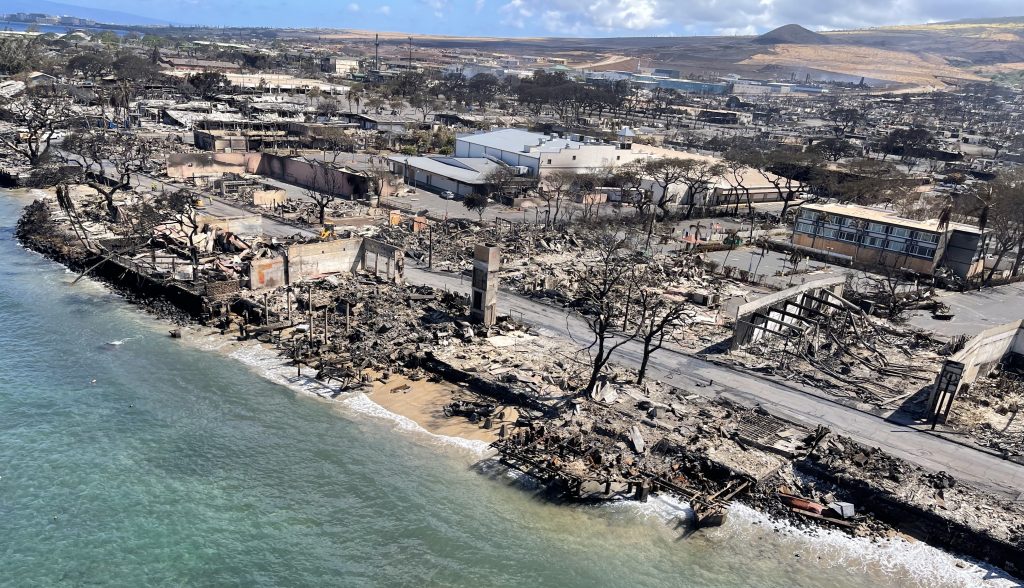Kauaʻi rain gauges show below average precipitation for month of August
Most Kauaʻi rain gauges recorded below average rainfall totals for the month of August.
According to the monthly precipitation summary from the National Weather Service forecast office in Honolulu, the Anahola gauge had its lowest August total since 2000, and Mount Waiʻaleʻale and Wainiha had their lowest August totals since 2005.

Several other gauges around the island also posted their lowest August totals since 2013.
To see Kauaʻi rain gauge totals for August, click here.
Despite the recent dryness, however, most rain gauges on Kauaʻi still had above average rainfall for 2023 through the end of last month. The Mount Waiʻaleʻale gauge had the highest year-to-date total of 263.17 inches, or 100% of average.
For more rainfall totals for the year through the end of last month on the island, click here.
Trade winds were present across the main Hawaiian Islands throughout last month. As of Sept. 8, the trades have been present over the state for more than 100 consecutive days.
Trade wind speeds were mainly in the moderate to fresh range in August, with a notable exception being the period from Aug. 7-9. That three-day period featured strong to gale force trade winds produced by the combination of a strong high pressure system north of the islands in conjunction with Hurricane Dora moving westward, well to the south of the state.
The unusually strong, large-scale winds peaked Aug. 8 and were enhanced to extreme speeds by the interactions of the winds with the mountainous terrain, especially along the leeward slopes of Maui and the Big Island’s Kohala Mountains.

The dry conditions combined with the extreme winds were key factors that led to the devastating Aug. 8 wildfires on Maui, including the deadly Lāhainā Fire, which claimed the lives of more than 100 people.
The overall below average rainfall combined with seasonally higher temperatures meant drought conditions in the main Hawaiian Islands also increased in coverage and intensity throughout last month. For more details about the drought, see the latest Drought Information Statement.
The most significant rain event for the month was Aug. 21 as the remnant moisture from was Fernanda moved across windward slopes of the Big Island and Maui. Automated rain gauges on the eastern side of the Big Island recorded 2 to 4 inches of rain, and east Maui gauges picked up 1 to 3 inches.
There were no reports of significant flooding from the event.



